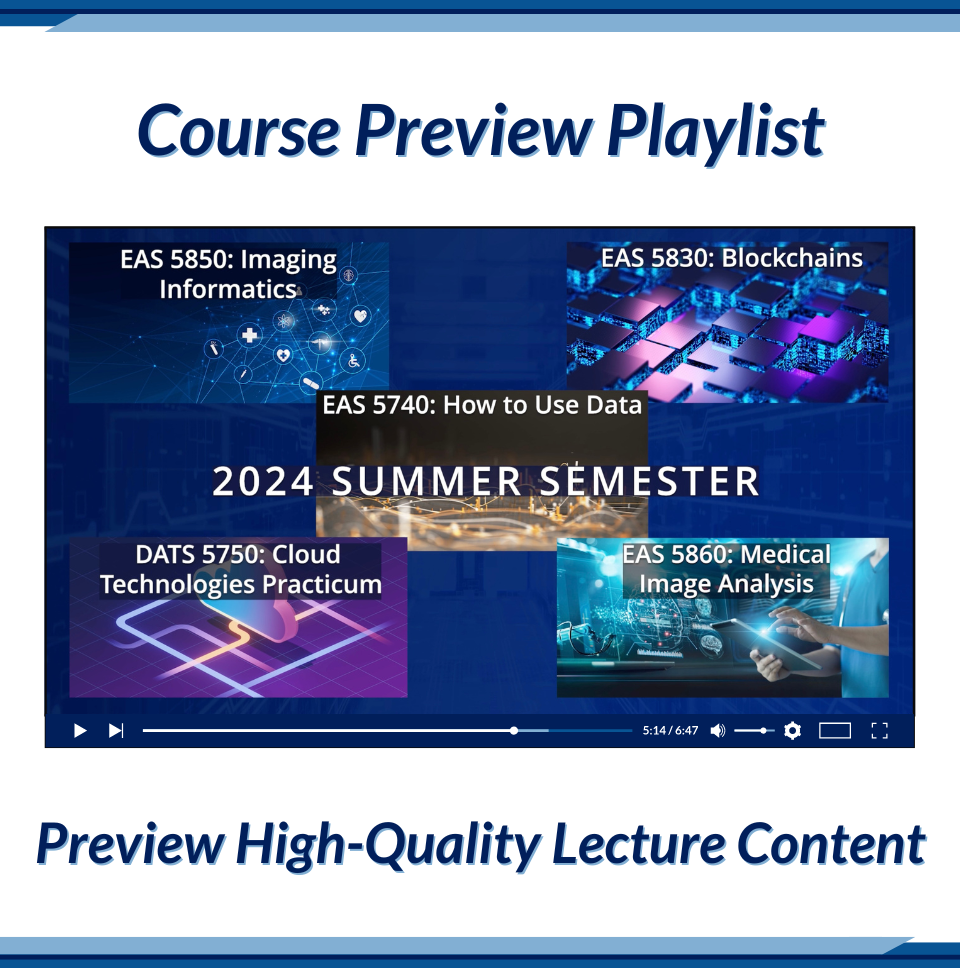From MCIT to PhD
Kenneth See, MCIT ’21, studied finance as an undergraduate at Northeastern University and planned to pursue a traditional finance-related career such as banking. But after discovering an affinity for tech and searching for opportunities to further those skills, he enrolled in Penn Engineering’s MCIT Online degree program in Fall 2020 and committed to expanding his computer science knowledge. Today, he’s taking his interest in tech to the next level at the National University of Singapore, where he’s pursuing a PhD in digital financial technology.
In a recent conversation, Kenneth spoke about his interest in tech and how his experience in MCIT Online prepared him for the rigors of a doctoral program.
What prompted you to pivot from finance to technology?
When I was still in my undergraduate program studying finance, some of my friends who studied computer science invited me to join a couple of hackathons with them. I only gained basic skills through those experiences, but I really developed a strong appreciation for technology and a growing interest in learning more.
After graduating, I joined a financial software company in San Diego working in implementations. I wanted to continue learning more about tech as well, so I actively pursued MOOCs and opportunities to upskill. I discovered Penn Engineering’s MCIT Online degree program and decided to give it a shot. I thought it would be good motivation to learn in a structured program so that I could get a holistic computer science education that would incorporate all of the essential foundational knowledge.
Did you continue working while you were in MCIT Online?
That was my intention when I registered for the program. But then COVID hit, and I decided to leave my job in San Diego and move back to Singapore, my home country. When I got to Singapore, I had to spend two weeks in quarantine in a hotel. I couldn’t leave my room at all. But luckily, the first day of quarantine was also the first day of classes! So at least I had my studies to keep me busy.
I started out taking three classes a semester as a full-time student. But when I started working again in Singapore, it was easy to switch to part-time. You just register for the number of classes you want to take based on your availability.
What was it like to participate in the program from Singapore?
The asynchronous learning approach worked in my favor, because I like setting my own schedule. If I wanted to listen to a lecture at midnight, nothing was stopping me from doing so. And I appreciated the ability to squeeze classes in during down times.
The experience was a good balance between the synchronous and asynchronous offerings because the lecture content was great and provided the knowledge you needed – but if you were stuck, there was always an option to find somebody like an instructor to help figure things out. There were also other resources like TAs and the student Slack community.

You can always ask questions in the Slack and since you’re connected to so many different people from so many walks of life, somebody will usually have the answers you need.
Did you meet up with any classmates in person?
There were a lot of touchpoints you could opt to participate in so you don’t feel isolated, like making use of office hours or student meet-ups.
I actually met a lot of classmates. I reached out to some, and others reached out to me even before they joined the program to learn more about it. Over the course of the program, the MCIT Online community in Singapore has grown considerably. The first meetup I went to had only 10 people. Now, at least 20 people show up to each one.
What was your experience like in the courses?
One of the main reasons why I decided to join the program was because I could see that the lectures were higher quality than anything I could get elsewhere. I also liked the fact that feedback was taken seriously. Even after I graduated, I saw that some classes were revamped to keep them up to date. That whole continuous improvement shows a real commitment to high-quality materials.
In particular, Professor Boon Thau Loo’s class was great. Attending his office hours made a lot of difference to the class experience. He spent a lot of time talking to students in detail, finding out what they were struggling with. He took time to put pen to paper to help people understand specific problems.
How did you decide to pursue a PhD?
My decision to pursue my PhD was quite serendipitous. After I graduated from MCIT Online, I was just back at work, doing software implementations on the business analyst side of things, and I kind of got a little bored. I was like, “What’s next? I’ve learned all this new stuff.” And finishing the MCIT degree had given me this confidence that I could pursue higher education at that level, so I began to browse around for programs. When I was accepted, it was a case of “If not now, when?!”
What is your focus in your doctoral studies?
My PhD is in fintech, and right now my niche area of focus is on central banking innovation, specifically around central banking digital currencies. That’s why I applied to this PhD program: I saw it as a good marriage between my undergraduate degree in finance and my MCIT Online experience.
It’s been a roller coaster so far. My first peer-reviewed paper was recently published in the Journal of Financial Crime.
How did your MCIT Online experience prepare you for PhD work?
I learned quite a few technical skills that support my PhD studies. For example, I had to learn LaTeX for two of my classes in MCIT, and I didn’t realize how important it is to know LaTeX in the quantitative research world because everybody uses it there. I also rely on design patterns and object-oriented programming because a lot of my work involves building artifacts.
Another thing I carried over from MCIT Online is the ability to study independently. That’s very important, because in a PhD program, nobody’s going to tell you what you need to do. You have to be able to plan your own schedule and make sure that you are accountable to yourself.

What are your career goals once you finish your PhD degree?
One of my reasons for pursuing this PhD is that I like to build things to innovate, but I wanted to be able to do so with more scientific rigor. So I hope to be able to enter a role where I can build prototypes and have the rationale behind the designs be more informed by scientific discovery.
To learn more about pathways that recent graduates of the MCIT Online degree program have pursued after graduation, you can explore the most recent edition of the Graduate Outcomes Report.
To learn more about the MCIT Online degree program please explore the Academics and Admissions information or review the FAQs.

